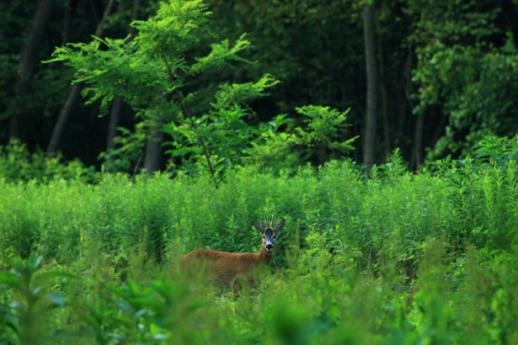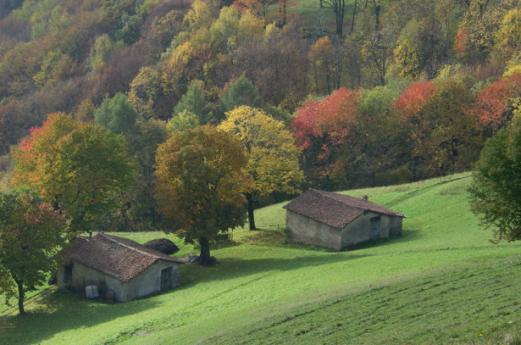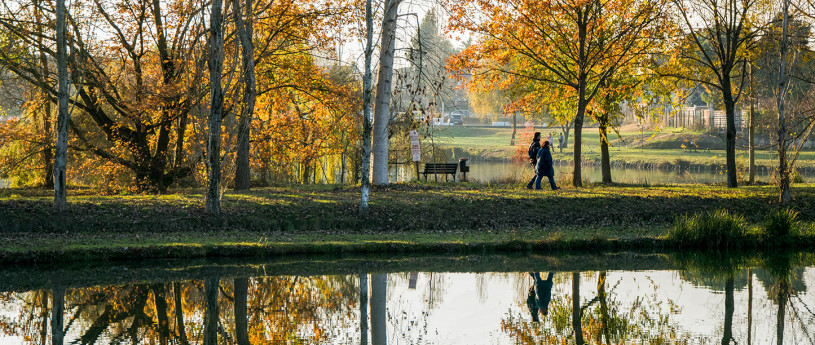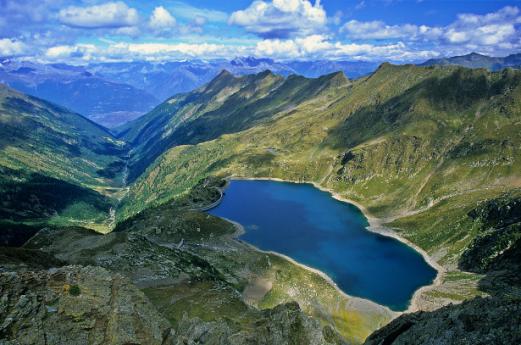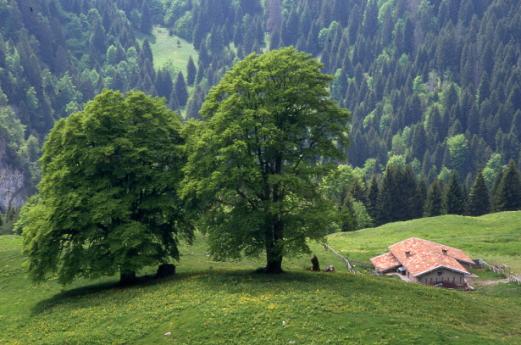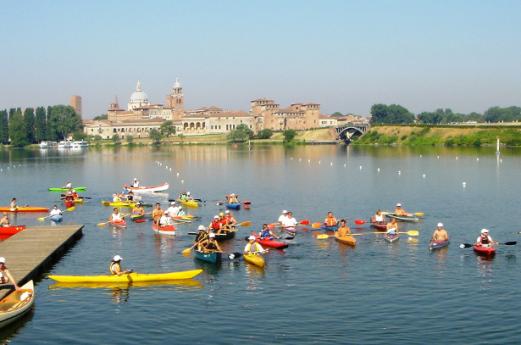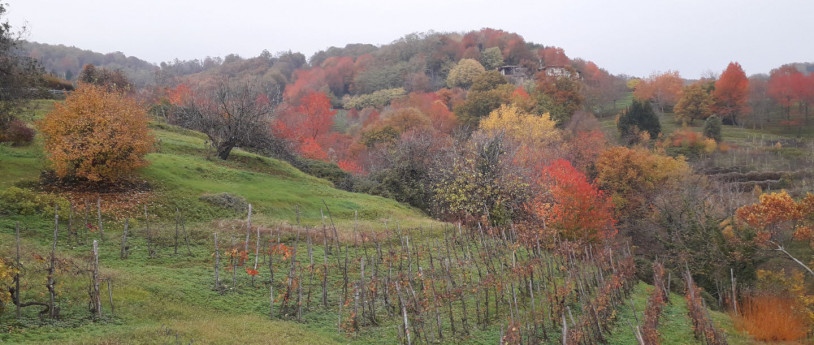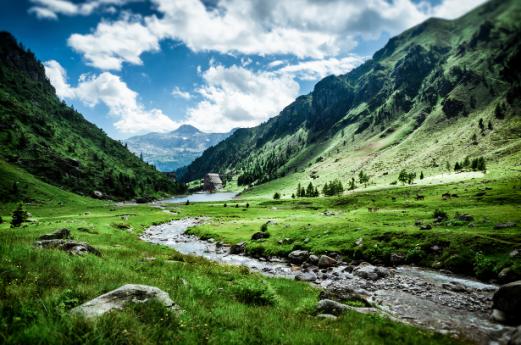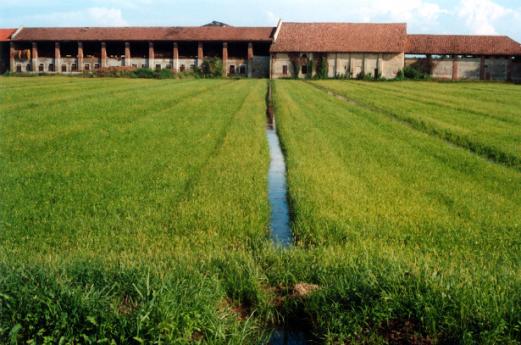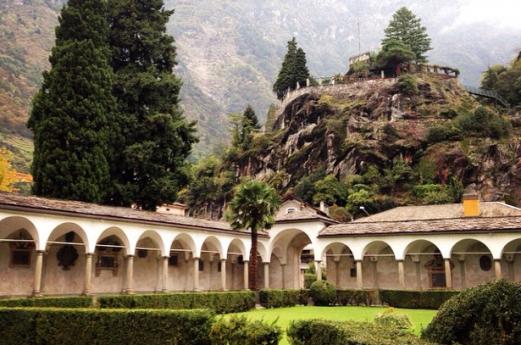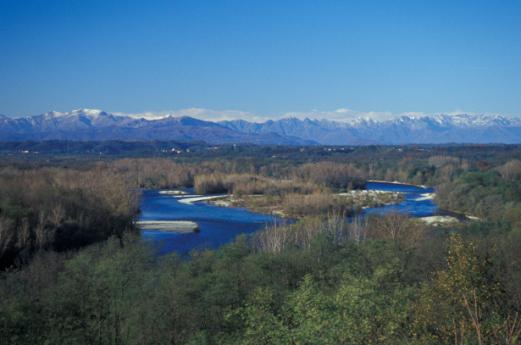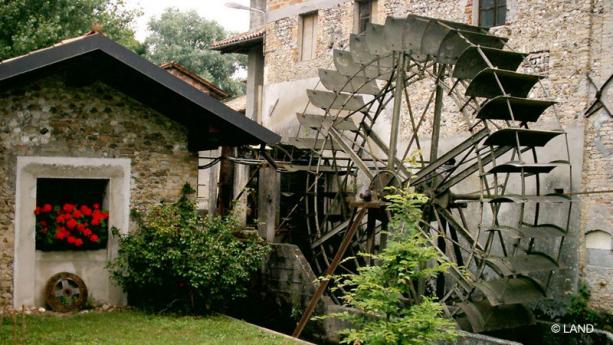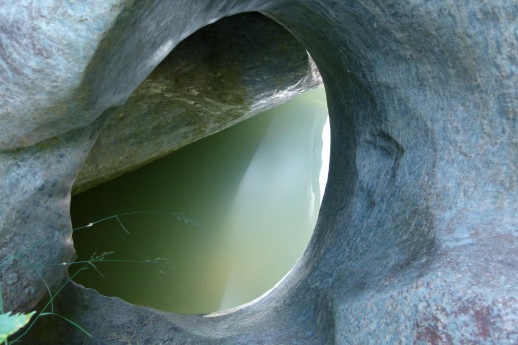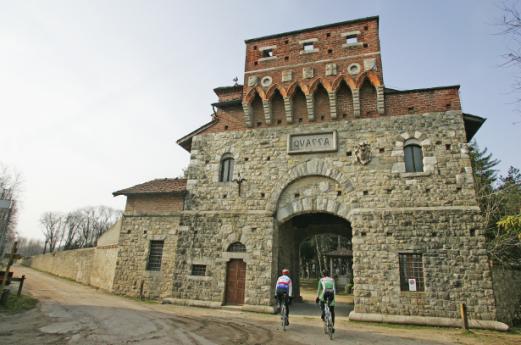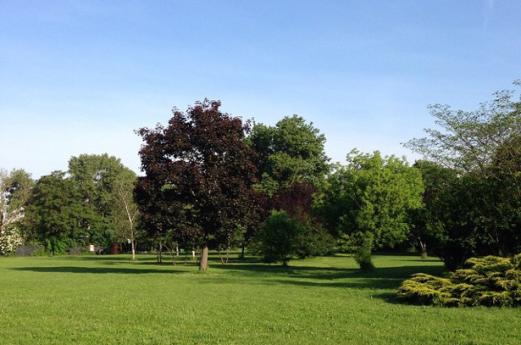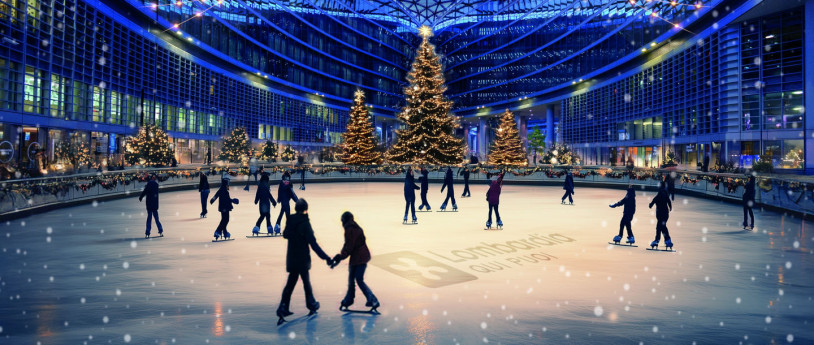- Experiences in Lombardy
- Natural Parks in Lombardy
- Walking around Milan's southwest agricultural park
If you want to leave behind the concrete of the city by diving into the green you can realize what the essence of this large area extended in a semicircle along the southwestern perimeter of the province of Milan is.
Farmsteads for the direct sale of agricultural products, agritourisms, historic building complexes, the Navigli. A varied agricultural and historical picture.
Included in this definition is the enhancement and redevelopment of agricultural areas, and it is from here that one can learn about the area's potential for out-of-town trips to Milan and Lombardy.
A protected area that today is at the center of a major transformation aimed at making it a day to remember.
-
Cover image: parcoagricolosudmilano.it
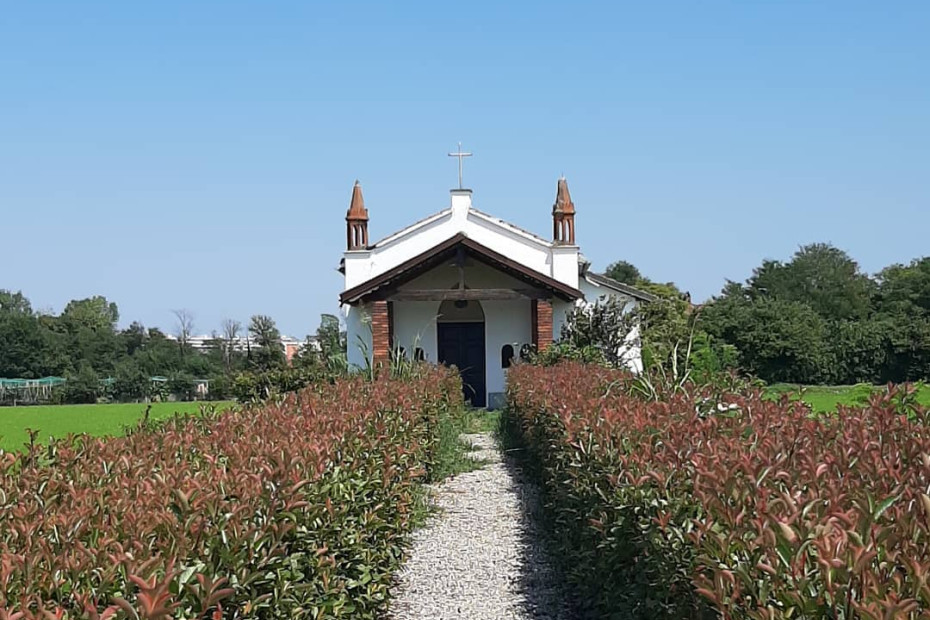
The "meadow of Assio," conjures up an image rich in fascination and suggestion and fits coherently into the historical process of the millennia-old agricultural vocation of the Assago area. The fragment of a Roman wall that surfaced during recent excavations from the floor of the Church of St. Desiderius dating back to the 1st century AD would seem to lend further credence to the idea that the heart of Assago's historic center was home, more or less at the time of Octavian Augustus, to a thriving Roman farm embellished by a luxurious patrician mansion even equipped with a heating system.
Ph: IG brunorossi32
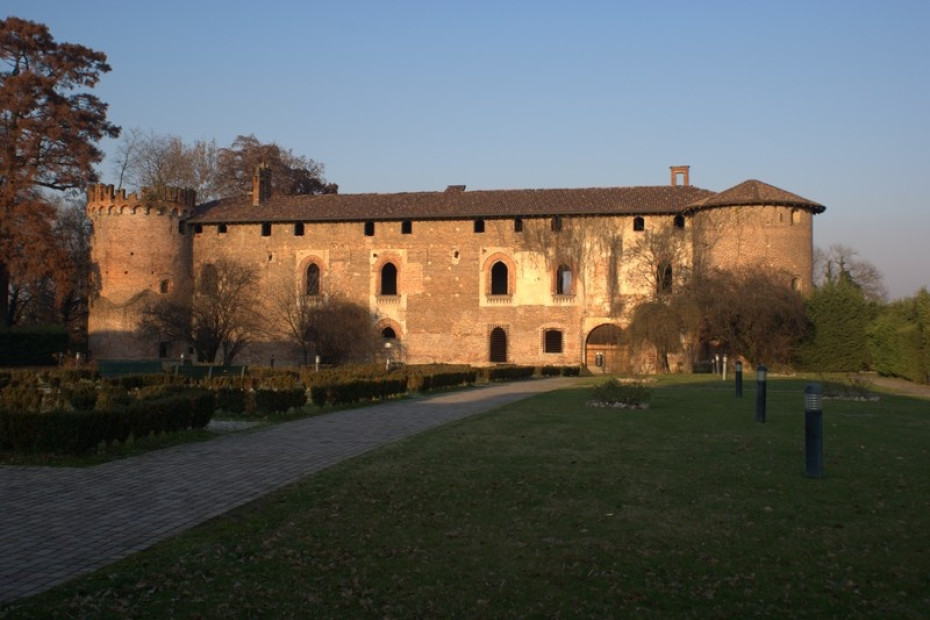
Historic home of the Visconti di Modrone family, today part of Cassino Castle has been restored under the auspices of the Fine Arts. Its existence is said to have been documented as early as the 11th century, but its presence can be traced back to the later seigniorial period. In the 15th century the castle was restored and the whole village became a kind of fortified agricultural farmhouse. The building, made interesting by characteristic graffito decorations and arched windows in the Gothic style, was transformed from a "castrum" into a country residence with the construction of the cylindrical towers still visible today.
Ph: fondoambiente.it

Next to Monsignor Rossi Square was a building known as "the Castle," probably not a castle proper, but a fortification with a tower, used to control the road system and for signaling with fires aimed at other similar buildings. Cascina Vione, a characteristic fortified agricultural center: inside, the space is divided into numerous courtyards that develop around the central architecture of the small church of St. Bernard. Its defensive aspect is evident in the buildings of major historical importance, such as the manor house.
Ph: nico_cirillio
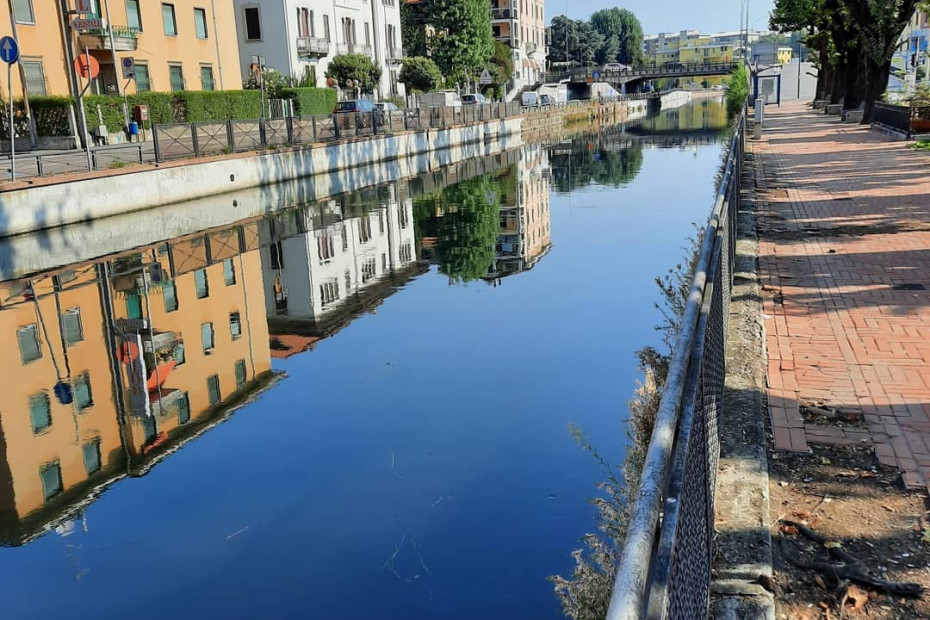
Thanks in part to the financial support of Martino della Torre, Corsico became a point of reference for the Naviglio Grande construction site. A significant event occurred on November 2, 1584, when Archbishop St. Charles Borromeo of Milan arrived for his last pastoral visit. A few days later the saint would die at his home in Milan. Many interesting monuments can be visited, including the parish church of Saints Peter and Paul, the oratory of San Biagio located in the hamlet of Grancino, and monuments to the Fallen and to the Resistance.
Ph: Ig lllukesc
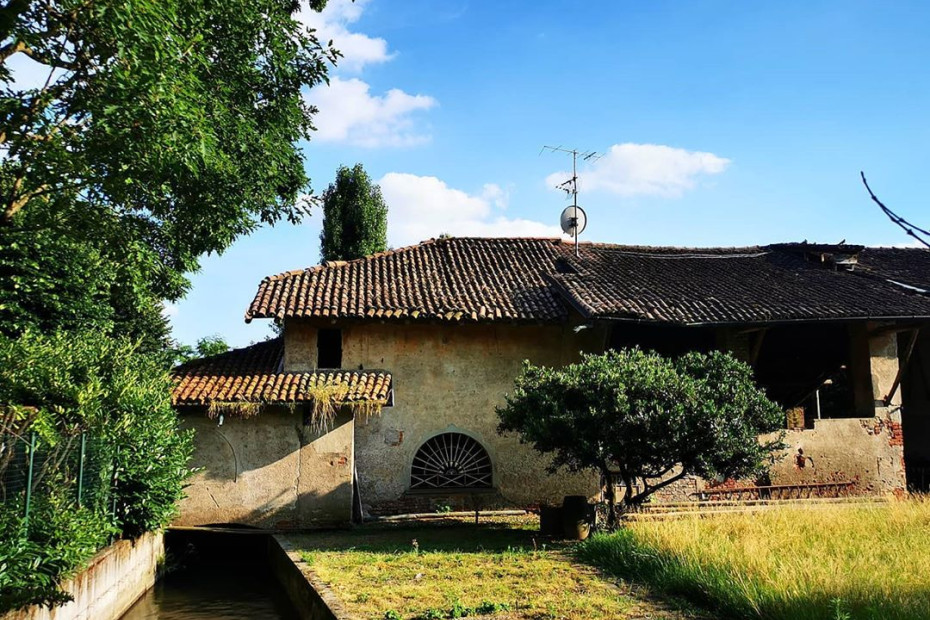
In this territory there are 5 hamlets, each of which enjoys the presence of its own Church: Mairano (Municipal Headquarters), Noviglio, Tainate, S. Corinna, Conigo, in which a distant reality is evoked, a leap back in time. A historical agricultural aspect are the farmsteads, spread throughout the territory, surviving structures, very suggestive, where the past blends exactly with the present, places where it is still possible to find the mondine and the peasants. In a nutshell, a green island where it is possible to find all the tranquility of nature while remaining a stone's throw from Milan.
Ph: IG maiorchina
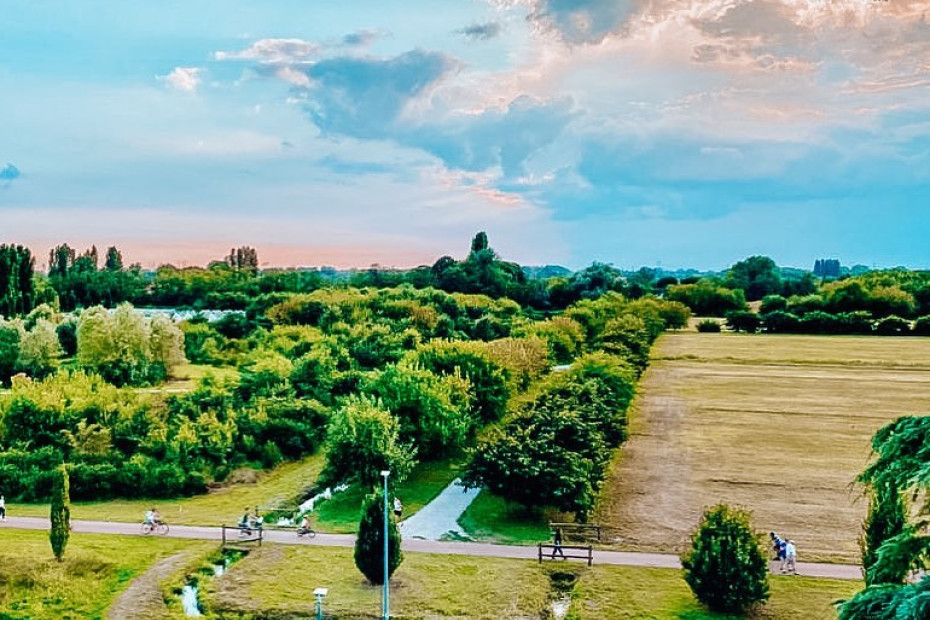
A vestige of the late medieval period is the so-called "blacksmith's court," a building known as the "house of Barbarossa," since a coat of arms had been found hinting at that period. Archaeological excavations uncovered a necropolis dating back to Longobard rule. It was the examination of the arrangement of the skeletons, arranged in parallel lines and not scattered in no particular order, that made it possible to understand the origin of the burials. It is speculated that the church of St. John the Baptist was founded by Queen Theodolinda in 613, after her conversion to Christianity.
Ph: IG laura_dolcini
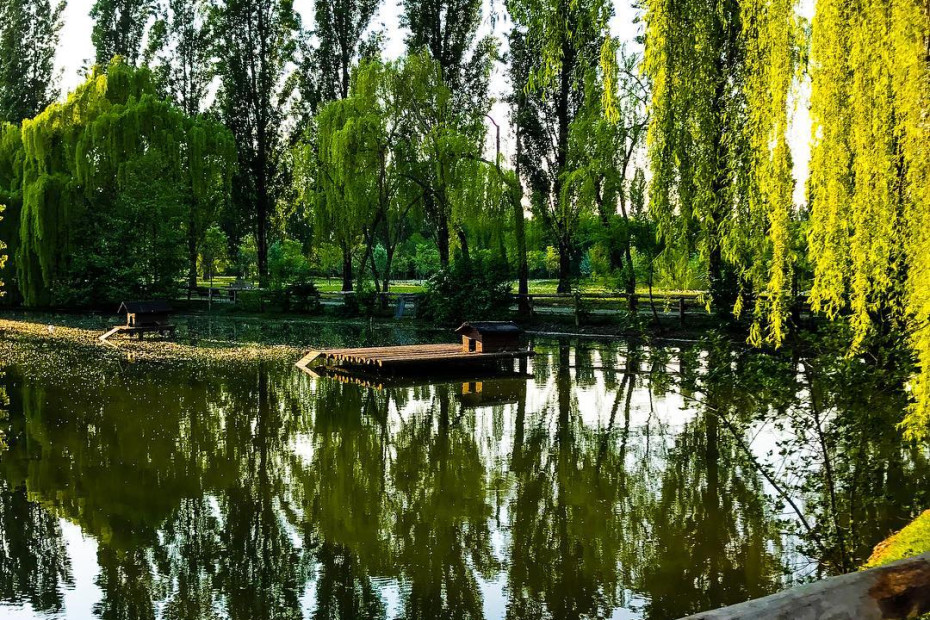
Of considerable interest is the Centennial Park, created between the end of the 20th century and the beginning of the 21st century (hence the name Centennial Park), where it is possible to lose contact with city reality, immersing oneself in an oasis of peace. It covers an area of about 160,000 square meters entirely included within the South Milan Agricultural Park. The area as a result of the past agricultural use is crossed by irrigation cables that can be overcome through the existing wooden walkways and a system of rows with the purpose of recreating the perception of the original environment.
Ph: IG andreaallinoro
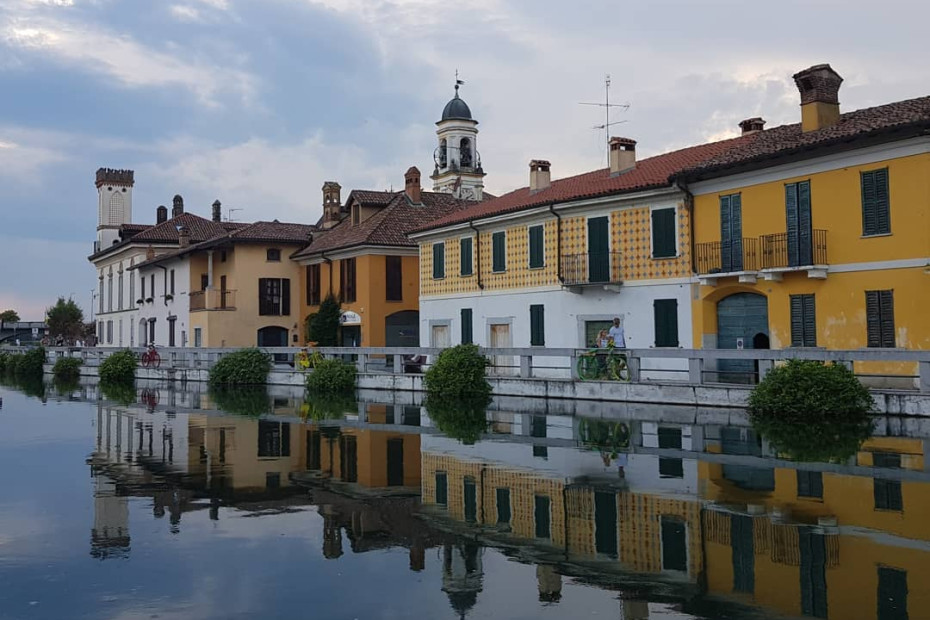
With a pleasant historic center around the course of the Naviglio Grande, it has maintained its village tones well, with low historic buildings reflected in the water and still period atmospheres among cobblestones and ancient walls. Fantastic The two agricultural villages of San Vito and Fagnano, Barate among the fields, Cascine Rosa, della Bettolina and della Barbattola. Vigano Certosino very important for the recent renovation of the old local fort into a Carthusian House. Noteworthy are the Chapel of the Madonna del Dosso, Palazzo Stampa Aloardi (or Villa Marino), Palazzo Uboldi and Palazzo Doria.
Ph: IG silvie63b
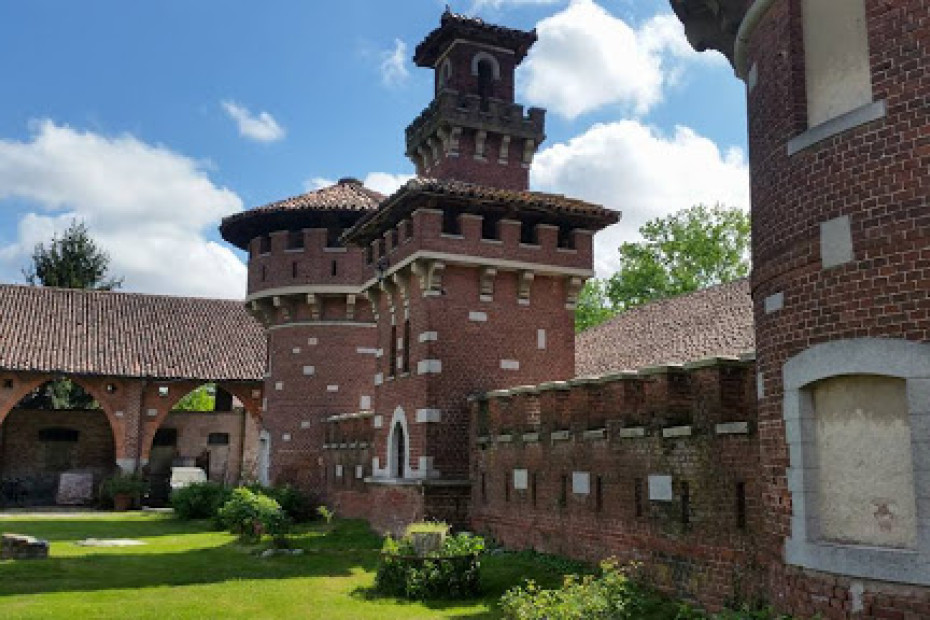
In the parish church, dedicated to St. Zeno, the foundations of an ancient basilica of Lombard origin have appeared: the richness typical of the Baroque age emerges. Of great artistic interest is the Pozzobonelli Palace, named after one of the most important families in local history. The building arose from a probable design by Bramante, who worked on it in the late 15th century. The old medieval turret, adorned with a frieze of bricks forming a Greek-like motif, is valuable, and is being properly maintained. The structure is reminiscent of the country castles of the time.
Ph: motoclubticinese.it
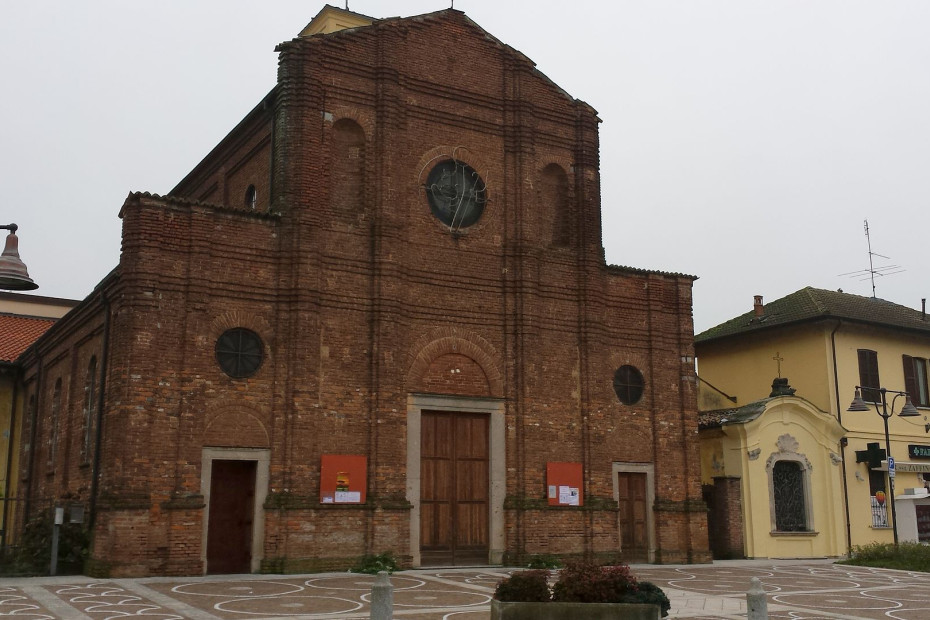
among the many noteworthy monuments we have the medieval castle transformed into a manor house, the parish church dedicated to St. Juliana, which appears today in the rustic forms of the reconstruction of the building carried out in 1897. However, the original church was much older: it is already mentioned in some documents around 1000. In addition, built on the ruins of an ancient castle of the Avogadros of Rosate one can now admire in the central Piazza Roma the 18th-century Palazzo Confalonieri Semira. Here lived Count Federico Confalonieri, an animator of the Italian Risorgimento.
Ph: wikipedia
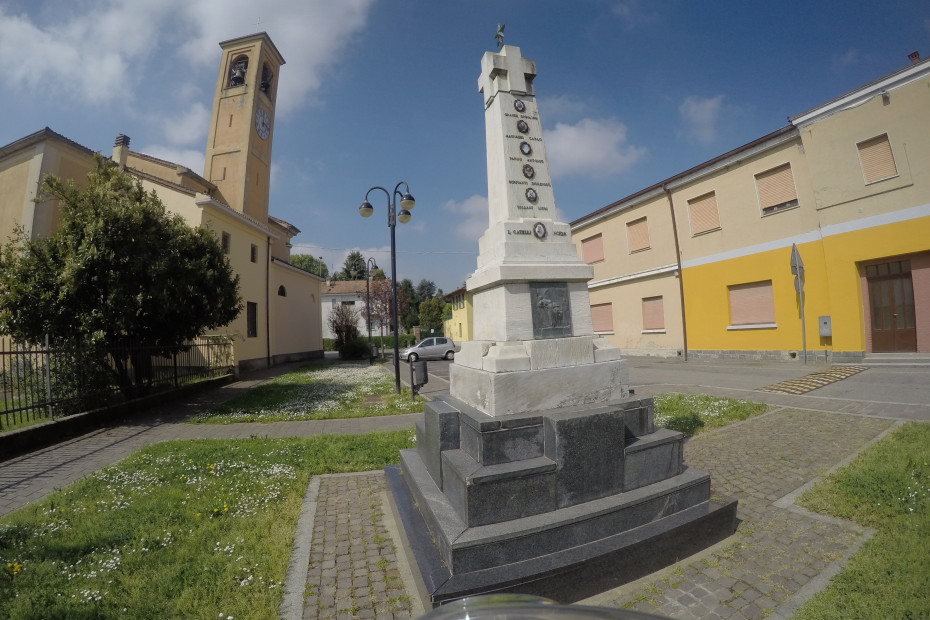
The church is dedicated to Saints Quirico and Giulitta, and in the second half of the 17th century the relics of St. Constantine were transported there by Carlo Passarini, to whom we also owe the erection of the Chapel dedicated to the saint. The Castle dating from the 14th - 15th centuries is a fortified building with a quadrangular layout, four towers at the corners and a moat surrounding the walls, and in this it mirrors some better-known Visconti fortifications. Interestingly, in the mid-seventeenth century, it was acquired by the Veneranda Fabbrica del Duomo di Milano, and used as the residence of its Agent.
Ph: wikipedia
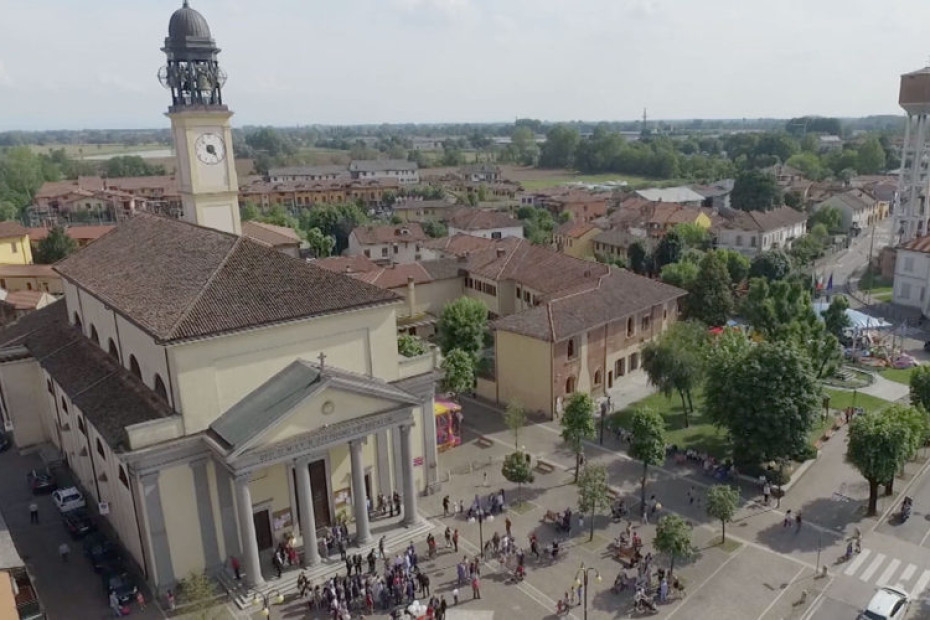
Inside the castle of the Avogadri family (called "old" in 1372), whose shape is still visible in the layout of today's Rimembranze Street, was the parish church of S. Stefano, while the rectory, as already mentioned, stood outside, although in the immediate vicinity; anomalous situations worthy of further investigation. The "rectory" was officially born in 1059 with the act of foundation of the "collegiate church": following the example of S. Arialdo, who in Milan in those same years had established a similar structure, in Rosate too a building was destined to house the canons.
Ph: parrocchiadirosate.it
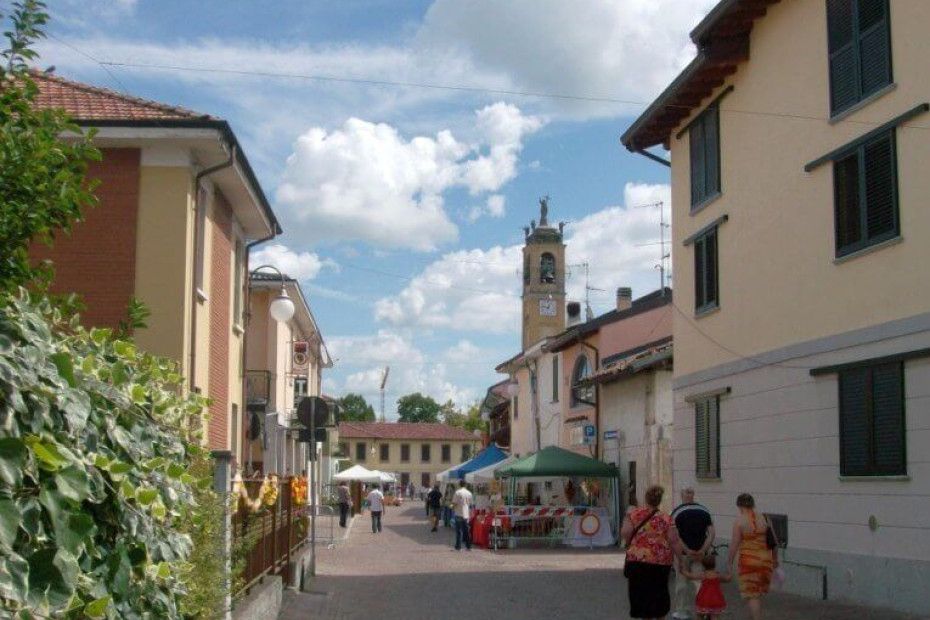
Situated on the left bank of the Ticino River, in the Bassa between the Pavese and Bereguardo waterways, also watered by the Ticinello, the town has always revolved around its squares and farmsteads. The parish church, dedicated to St. Ambrose with almost 500 years of life behind it, still shows signs of the accommodations to which it has been forced through the centuries by the need to respond to new situations and necessities. A curious and peculiar feature, the farming community has always been able to live and produce in complete autonomy, able to govern itself with its own consuls.
Ph: MilanoFree.it
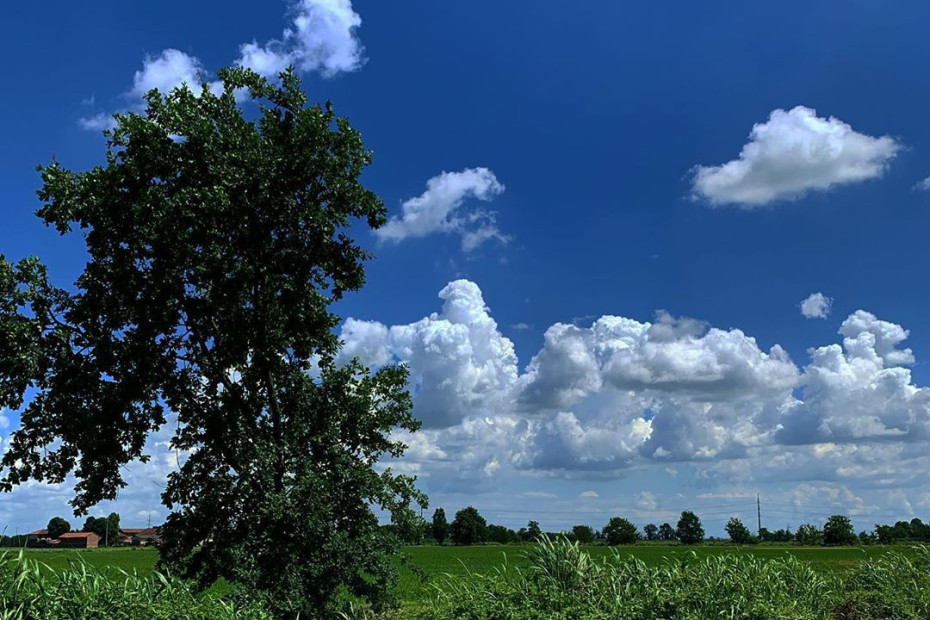
Located at a decumanus of the ancient-Roman centuriation and crossed by the Ticinello irrigation ditch, the latter of which was created from the 12th century for the purpose of defending the territory from the incursions of the imperial armies and the Pavese: a characteristic element of the environment. Along the major road, an important castle of medieval origin is located in the hamlet of Coazzano, with a keep and 14th-century pointed arch windows, and with remains of a chapel dedicated to the Crucifix erected by Bianca di Savoia. Among the rustic outbuildings, the mill is also fortified.
Ph: balbo77
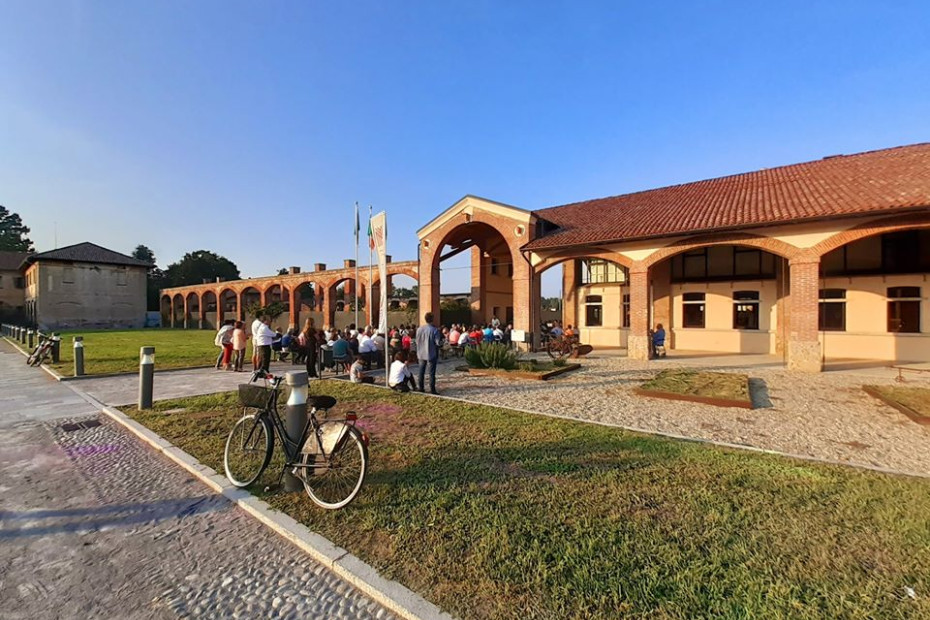
To St. James is linked the tradition, nurtured for several centuries, of the deposition of the apostle's body in a serizzo ark at the parish church, the largest monument present. The church's 16th-century structure, richly frescoed, is the result of intervention by Carmelite monks from the early 16th century. Vast is the historical-artistic heritage of the area, consisting of the other churches of Zibido, San Pietro, Moirago and Badile and numerous farmsteads (including Ca' Grande, Cascina Salterio, Femegro), mostly dating back to medieval times.
Ph: milanodavedere.it
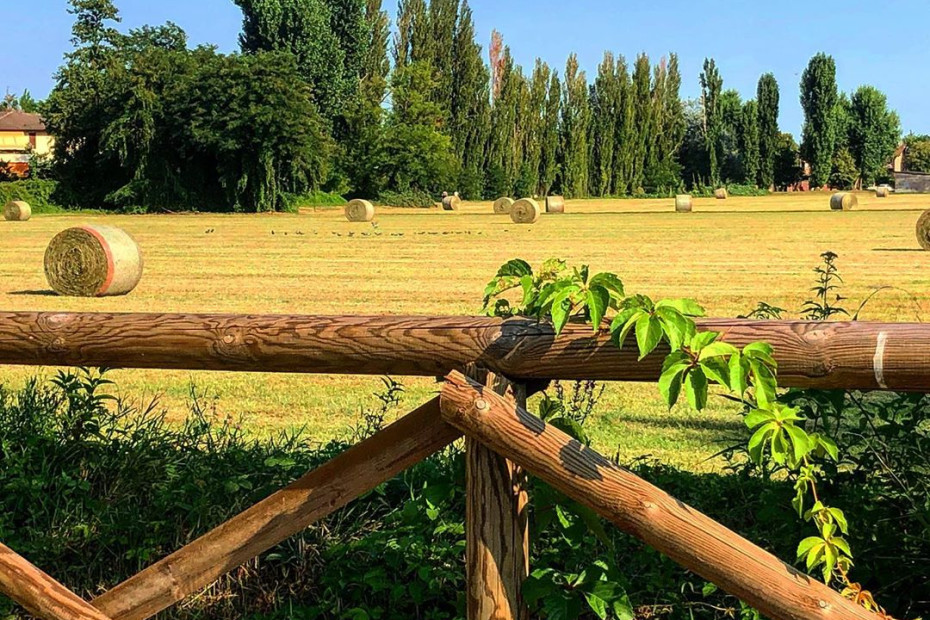
A testament to Lacchiarella's ancient origins are the town's parish buildings: the Oratory of St. Martin, dedicated to the holy bishop of Tours and built around 600. Today one can admire the bronze doors, with bas-reliefs depicting some episodes from the saint's life and precious frescoes; the parish of Maria Assunta erected in 1430 with the beautiful image of the Madonna, still an object of veneration; and the Oratory of S. Rocco, with its precious artistic heritage, commissioned in 1565 by St. Charles Borromeo for the confraternity of the Disciplini founded by him.
Ph: IG nadia_maria_civardi
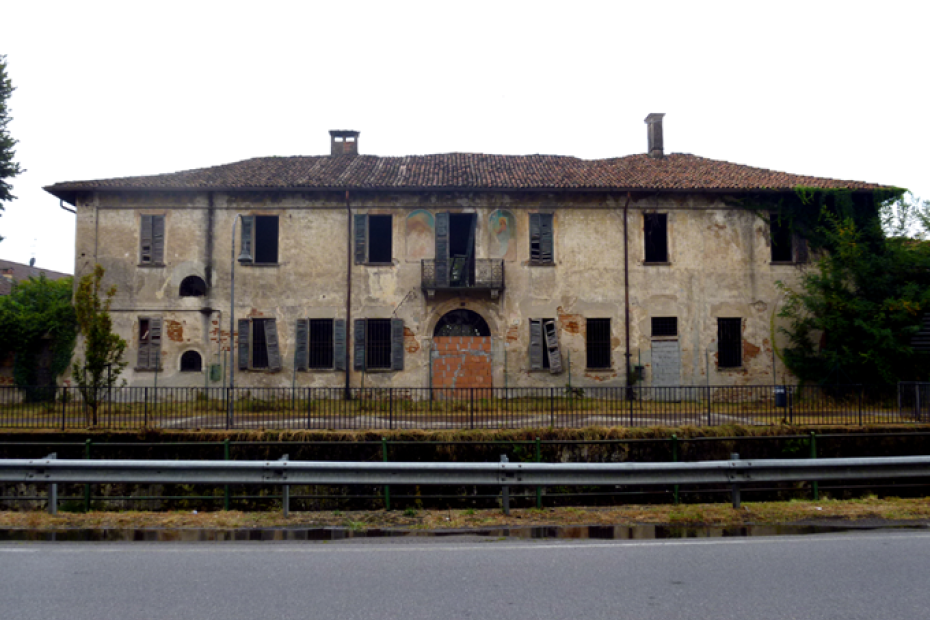
The Parish of San Biagio is a modern-style building with a central ribbed structure, also echoed in the bell tower made of iron. The old parish also dedicated to San Biagio was erected in 1877 and is located in the hamlet of Zavanasco, the oldest nucleus of the village. In the hamlet of Porchera, now San Rocco, stands the church of the same name, dating from the 17th century. Villa Rizzi is an 18th-century complex of high historical-architectural interest. It consists of a main body with a U-shaped plan overlooking the Navigliaccio and secondary buildings related to the agricultural function.
Ph: puntodivista
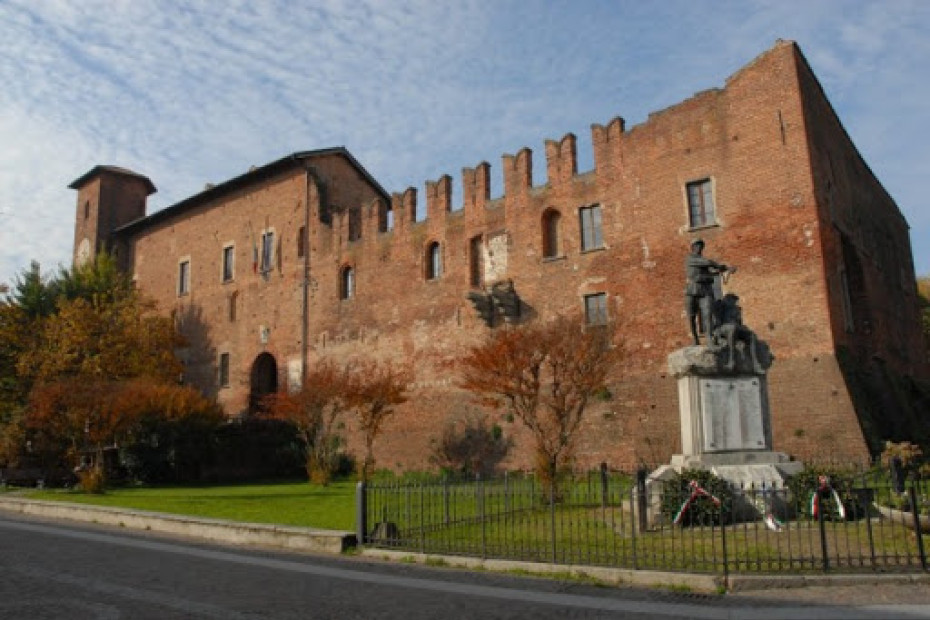
The Visconti Castle is a historic-artistic monument built in the 1300s with a quadrangular plan and four towers at the corners: the continuous masonry fronts are terracotta and the roof structure is made of wooden beams. The east side is the most interesting: mullioned windows with two lights, ancient battlements and the Visconti bison symbol can be seen. A curiosity, the castle is known for a tragedy that took place within its walls: Beatrice Tenda, second wife to Filippo Maria Visconti, was unjustly accused of adultery, sentenced to death and beheaded.
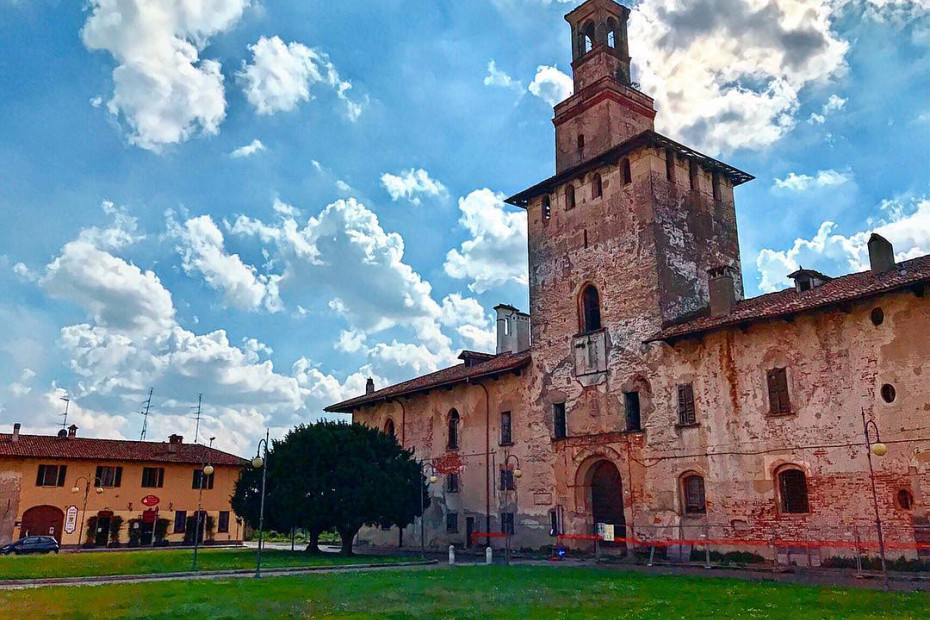
The Castle of Cusago was built at the end of the 14th century, on the remains of a Lombard fortification, by Bernabò Visconti lord of Milan, who made it a country residence for hunting and leisure times. Ludovico il Moro loved the countryside of Cusago very much and stayed there with Beatrice d'Este: he made important renovations enriching it with the corner loggia and embellishing it with friezes, frescoes and decorations. The building is rectangular in shape and has a central tower that architect Luca Beltrami took as a model, to reconstruct the tower of Milan's Castello Sforzesco.
Ph: IG zanna991



